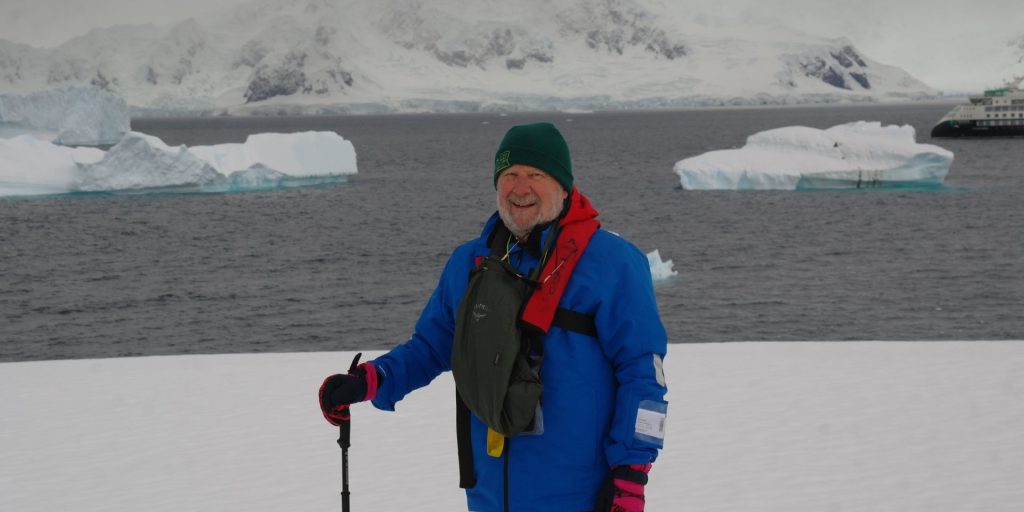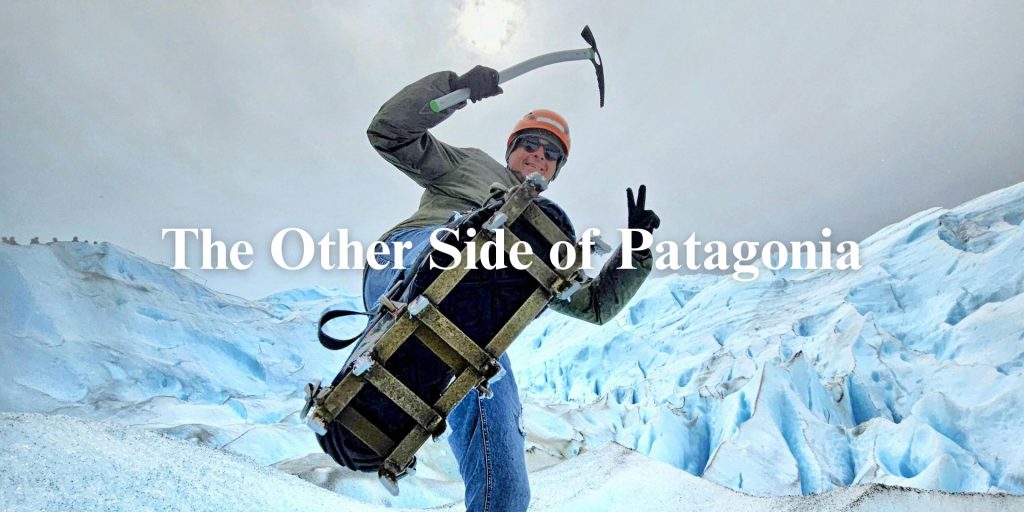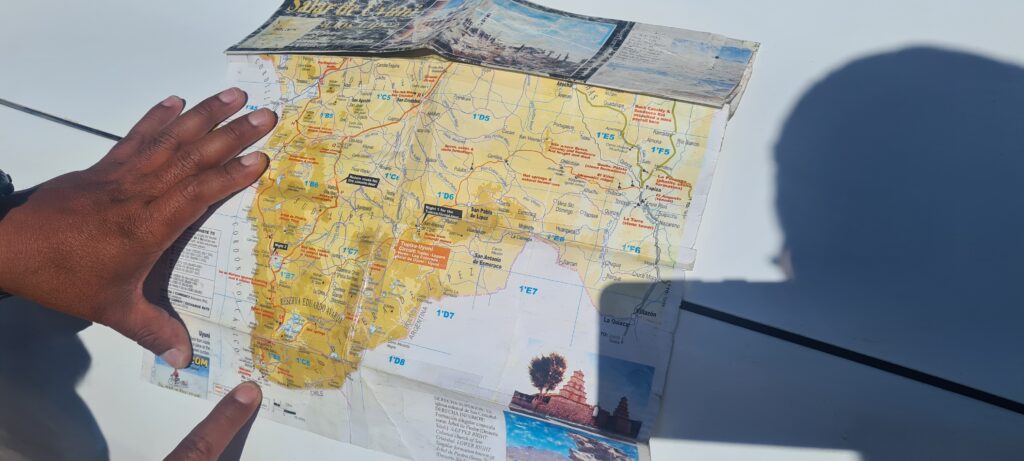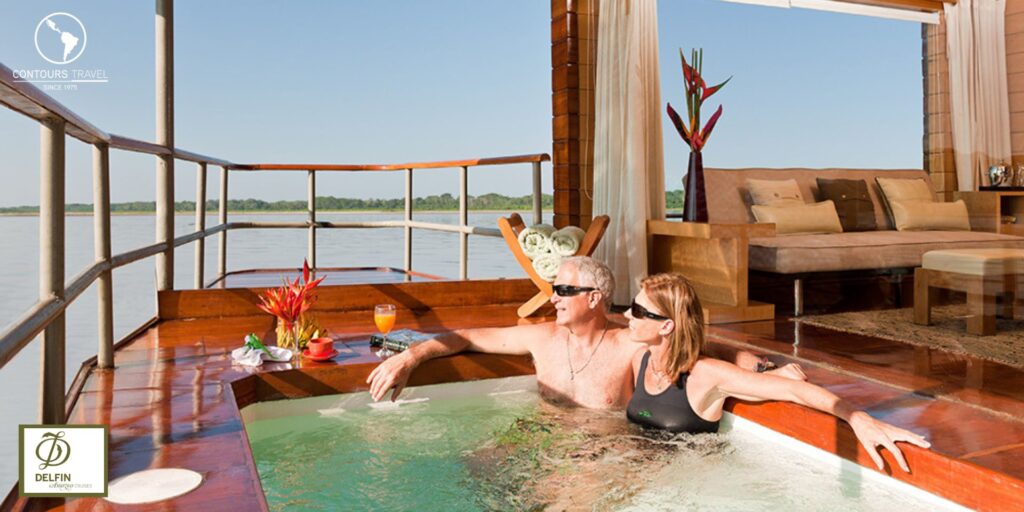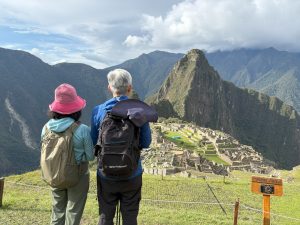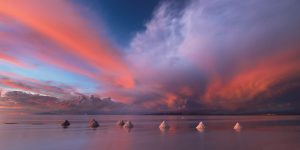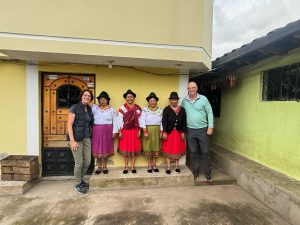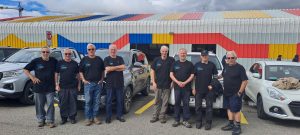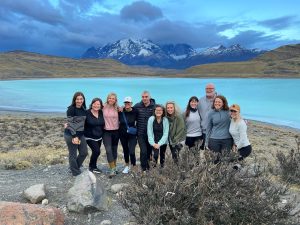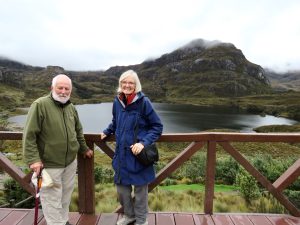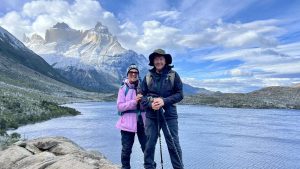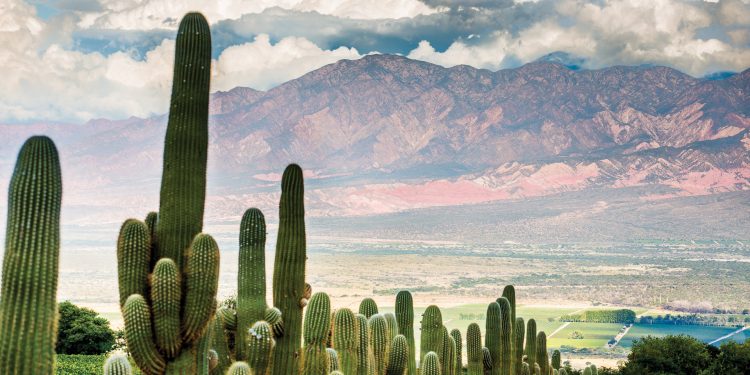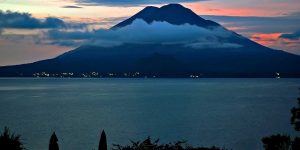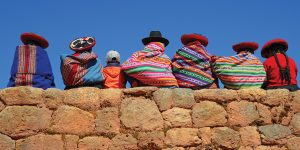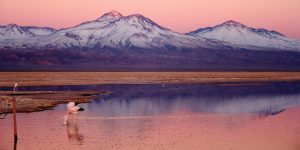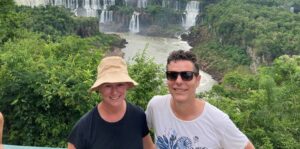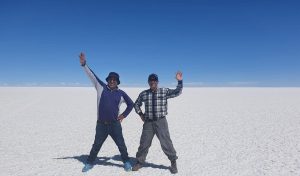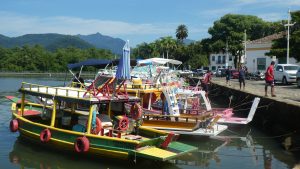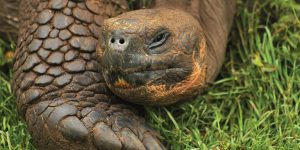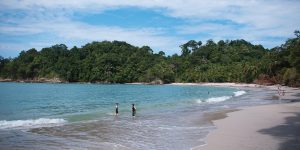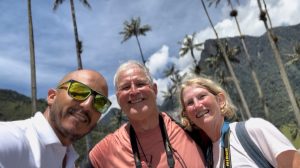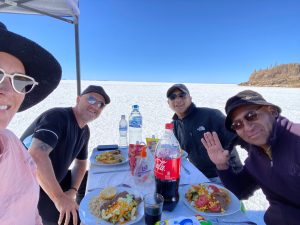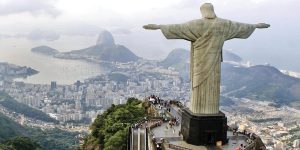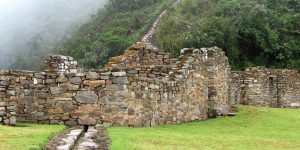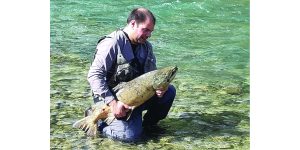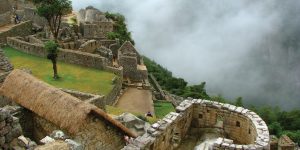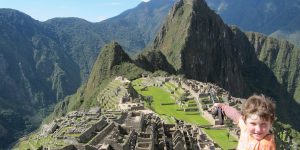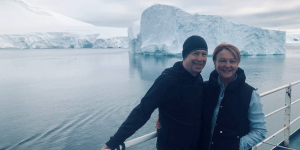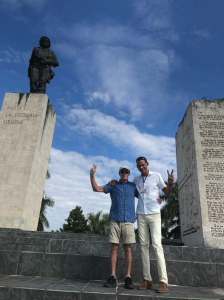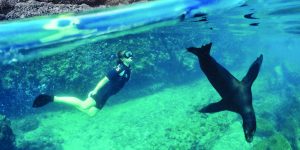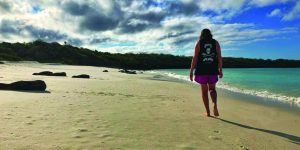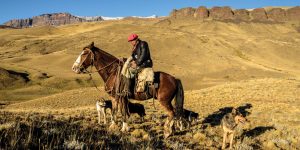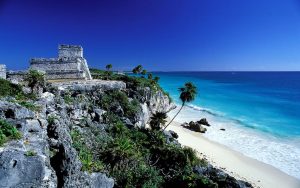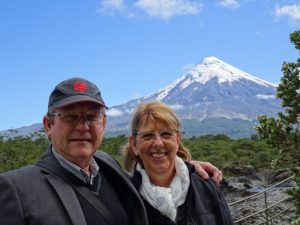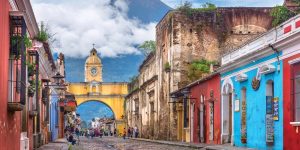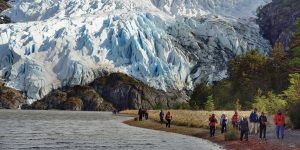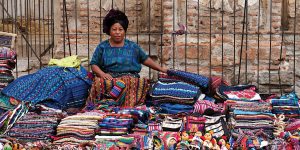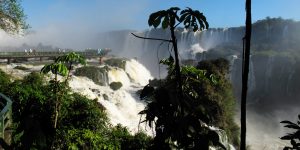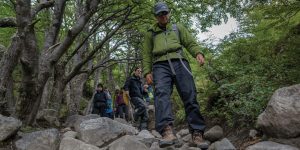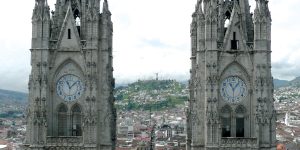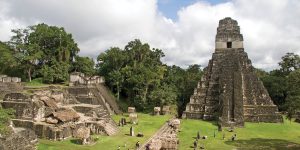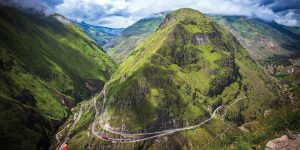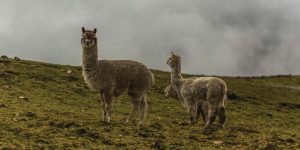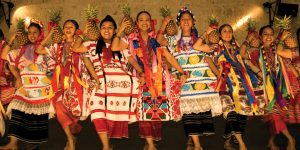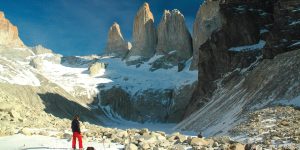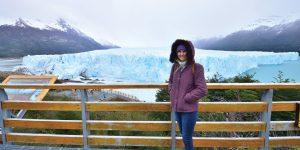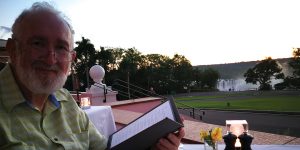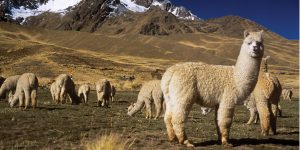Route 3, from Valdes Peninsula to Cape Virgenes, lets nature lovers explore Argentina’s wild Patagonian coast between these biodiverse-rich regions. Fed by the upwelling of nutrient-laden Antarctic waters on the Patagonian shelf, the South Atlantic teems with marine life. While the mineral-steeped Andean waters meander coastward across the arid Patagonian steppe quenching the thirst of its elusive wildlife. Merged into one experience, this aquatic and terrestrial paradise inspires with endless forms most beautiful.
Like a tethered embryo, Valdes Peninsula embodies the beginning for many of the South Atlantic’s life cycles. One of the last truly wild places, it is surrounded by one of the richest marine areas on Earth. With an 11km-wide isthmus, Valdes Peninsula is nearly an island with dynamic coastlines, sand dunes and a dry windswept interior. Numerous bays, lagoons and cliffs also offer sanctuary for feeding and breeding, as well as respite for migrating animals. From frolicking whales, hunting orcas and playful dolphins, colonies of seals and penguins to numerous seabirds, Valdes Peninsula heaves with marine life. A UNESCO site, this is one of South America’s finest wildlife reserves.
In the meanwhile, southbound along Route 3, located within the Patagonia Azul Biosphere Reserve, Bahia Bustamante echoes a bygone era. Secluded and privately-owned, this former seaweed-harvesting village now offers lodge accommodation and exploration activities. Lapped by white sandy beaches with crystal-clear waters and framed by mineral-coloured moonscapes, immerse yourself in pure Patagonian nature. Beside watching the burgeoning wildlife, you can also go boating, hiking, horse-riding, mountain-biking and learn Patagonian history and culture. Graviña Peninsula is indeed a world unto itself with natural swimming rock pools and stunning ocean views.
Route 3 continues south to Puerto Deseado, once described by Charles Darwin in 1833 as ‘the Patagonian Galapagos’. See rockhopper penguins, several cormorant species, Commerson’s dolphins, and a huge seal colony at Cabo Blanco. Nearby, Darwin observed fossils and ‘birds that do not fly’ that deepened his thesis ‘On the Origin of Species.’ Likewise, Campamento Darwin Eco Lodge lets you explore the magnificent inland estuaries and canyons that exude natural history. Here explore 7,000-year-old cave paintings and self-guided trails or go canoeing and birdwatching. Ultimately experience what Charles Darwin himself found: “…I do not think I ever saw a spot which appeared more secluded from the rest of the world, than this rocky crevice in the wide plain.“
Further south along Argentina’s wild Patagonian coast, you pass Monte León National Park, Argentina’s first protected marine and coastal reserve. Sheltering an extraordinary array of flora and fauna, this refuge is also well-known for its archaeological and paleontological value. A testimony to this bountiful coastal environment that once nourished the hardy Aónikenk people, the first inhabitants of Patagonia. To the southernmost point of the South American continent, Cape Virgenes witnessed the first successful circumnavigation of the globe. Here, overlooking the Strait of Magellan, a remote penguin colony and a lone lighthouse mark the passage between mighty oceans. Nearby, Estancia Monte Dinero also combines sweeping beauty with authentic Patagonian hospitality.
So, for endless forms beautiful deep in the South Atlantic, why not explore Argentina’s wild Patagonian coast? Talk to our travel specialists today about a tailor-made itinerary.
Highlights of Argentina’s wild Patagonian coast:
– Valdes Peninsula for dolphins, penguins, elephant seals, Southern Right whales, orcas and more.
– Argentina’s coastal Route 3 for an iconic road trip along the remote Atlantic seaboard.
– Bahía Bustamante Lodge and the rich marine diversity of the Patagonia Azul Biosphere Reserve.
– Puerto Deseado for Red-legged cormorants, rockhopper penguins and Commerson’s dolphins.
– Campamento Darwin for an eco-lodge that retraces Darwin’s footsteps and explores the Deseado estuary.
– Monte León National Park for its seascapes, marine life, and natural history.
– Cape Virgenes for the southernmost point of South America and the Strait of Magellan.

